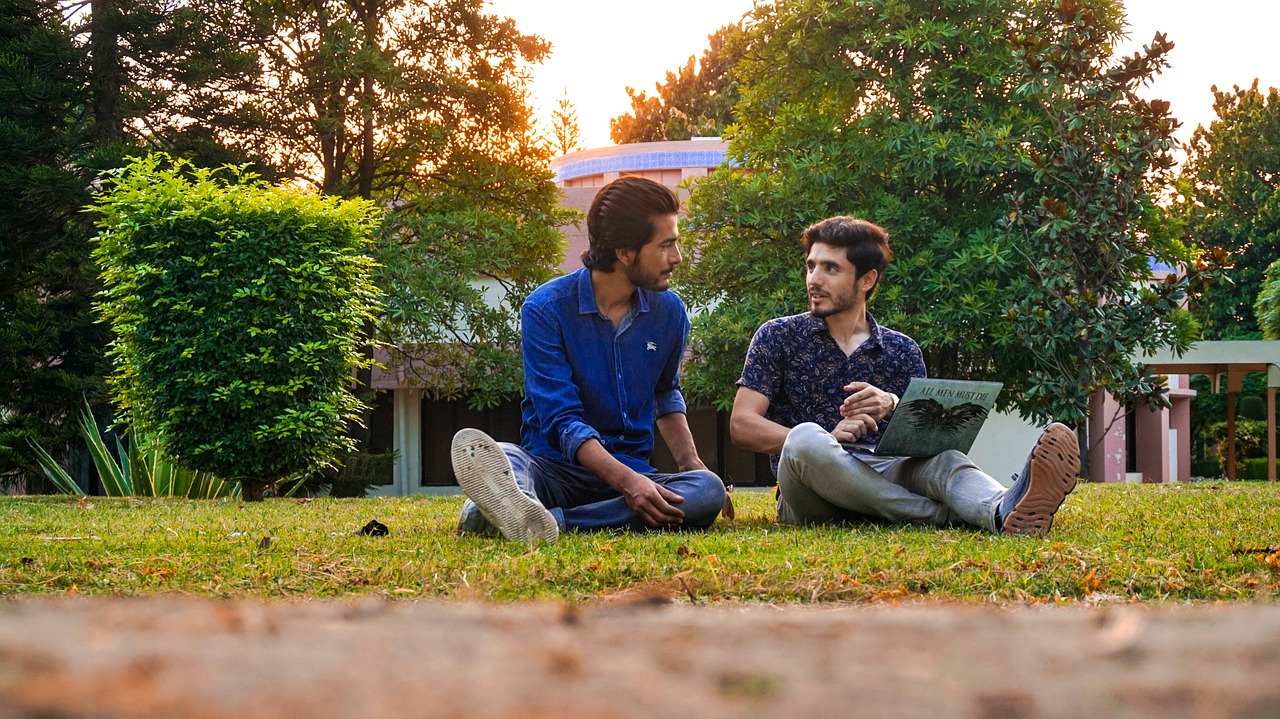Fostering Creativity and Innovation in Schools
In today’s rapidly evolving world, the ability to think creatively and innovatively is crucial for success in both academic and professional realms. Through fostering creativity and innovation in education, students are equipped with the necessary skills to adapt to new challenges and think critically to find unique solutions. Emphasizing these aspects in the learning process encourages students to explore beyond the traditional boundaries of knowledge and develop a deeper understanding of complex concepts.
By incorporating creativity and innovation in education, students are better prepared for the complexities of the modern workforce, where problem-solving and out-of-the-box thinking are highly valued. These skills not only enhance academic performance but also empower individuals to become proactive learners who are capable of creating positive change in their communities and beyond. Cultivating creativity and innovation in education is essential for building a foundation that empowers individuals to navigate a dynamic and unpredictable future with confidence and resilience.
• Encourages students to think outside the box and explore new ideas
• Develops critical thinking skills necessary for problem-solving in various contexts
• Prepares students for the demands of a rapidly changing job market
• Empowers individuals to become proactive learners and change-makers in society
Challenges in Cultivating Creativity and Innovation in Schools
One of the primary obstacles in fostering creativity and innovation within the educational system is the emphasis on standardized testing and curricula. The rigid structure of these assessments often leaves little room for exploratory learning and divergent thinking, which are essential components of nurturing creativity. Students may feel pressured to conform to predetermined frameworks rather than exploring new ideas and approaches.
Additionally, the fear of failure can act as a significant barrier to cultivating creativity and innovation in schools. In a culture that often prioritizes getting the “right” answer over the process of exploration and experimentation, students may shy away from taking risks and pushing boundaries. Fear of judgment or criticism can stifle creative expression and inhibit the development of innovative thinking skills. It is crucial for educators to create a supportive and encouraging environment where students feel empowered to take risks and learn from their mistakes.
The Role of Teachers in Nurturing Creativity and Innovation
Teachers play a vital role in fostering creativity and innovation among students. Their ability to inspire and encourage creative thinking can have a lasting impact on students’ development. By creating a supportive and nurturing environment in the classroom, teachers can empower students to explore new ideas, think critically, and problem-solve effectively.
Furthermore, teachers who embrace a growth mindset and encourage risk-taking can help students overcome the fear of failure and embrace new challenges. By providing opportunities for students to experiment, collaborate, and think outside the box, teachers can help cultivate the skills necessary for innovation to flourish. Ultimately, the role of teachers in nurturing creativity and innovation is essential in preparing students for success in an ever-changing world.
Why are creativity and innovation important in education?
Creativity and innovation are important in education because they help students develop critical thinking skills, problem-solving abilities, and the ability to think outside the box. These skills are essential for success in the 21st century workforce.
What are some challenges in cultivating creativity and innovation in schools?
Some challenges in cultivating creativity and innovation in schools include standardized testing, rigid curriculums, and a lack of resources and support for teachers to incorporate creative teaching methods.
What is the role of teachers in nurturing creativity and innovation?
Teachers play a crucial role in nurturing creativity and innovation by creating a supportive and inclusive classroom environment, encouraging students to think creatively, providing opportunities for hands-on learning experiences, and fostering a growth mindset among students.







